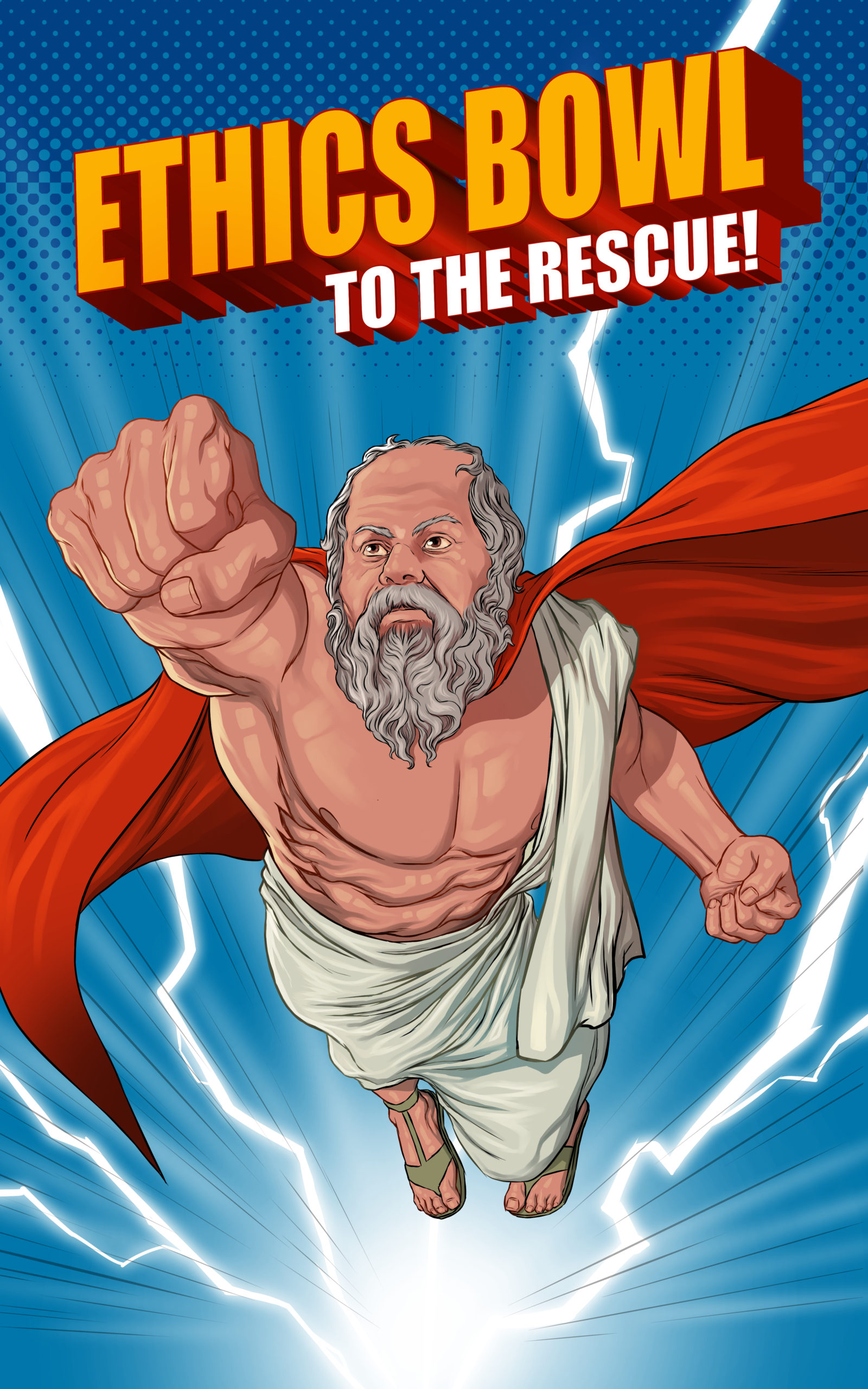“Above all, I’m in awe of the book’s style and tone. It’s not easy to write philosophically about abortion – a subject that’s both, and equally, deep from a conceptual standpoint and emotionally wrenching in real-life… You found an effective way to write about abortion that’s accessible to undergraduates (and also, possibly to high school students). Your discussion not only is informed philosophically but also conveys to me a sense of supportive engagement of a kind one would experience if she/he had a good candid discussion, with a good friend, on a topic that’s both emotionally difficult and intellectually challenging. Bravo.” ~The Extremely Kind and Generous Creator of Ethics Bowl, Illinois Institute of Technology Philosophy Professor Emeritus, Dr. Bob Ladenson
Last April I posted an article calling for more ethics bowl cases on abortion. It’s a topic case committees have understandably avoided, but also one that the ethics bowl community could help address (if not us, who?). Little did I know the Supreme Court’s forthcoming Roe decision would leak and interest in the issue would explode.
Fast forward to the weekend before last, when I took my nephew Ethan skydiving for his high school graduation. Jumping out of a perfectly good airplane was HIS idea, not mine. But I did enjoy it (the 10-second freefall was pure bliss), and when you’re riding shotgun in a tiny plane about to plunge 10,000 feet, trusting that the tandem dude strapped to your back will monitor altitude and safely delivery your exhilarated body back to earth alive, this encourages reflection. Deep, meaningful reflection.
One good decision that came from that experience – to give away my books! My bills are paid and they’ll help more people if free, so why not? Plus, I’ve given away Ethics in a Nutshell via email and here at EthicsBowl.org on the Resources page for years, and it sells more than the others combined. So in the coming weeks I’ll be sharing the audiobook versions of all my books on YouTube, and will post the full PDFs on my website. Those that are relevant to ethics bowl (Ethics in a Nutshell on audiobook, The Best Public Speaking Book in PDF and audiobook), I’ll also mention here.
Mixing audiobooks MP3s, splicing together video animations, adding chapter headings and uploading files isn’t difficult, but it is tedious. But over the Memorial Day weekend I made time to share the full audiobook version of Abortion Ethics in a Nutshell: A Pro-Both Tour of the Moral Arguments on YouTube. It’s embedded above and available directly here.
There are other excellent abortion ethics books out there. However, none other than ethics bowl creator Bob Ladenson blessed mine with the overly-generous recommendation above, proudly shared with his permission. I’m not prone to bragging. But when the creator of ethics bowl endorses your book, you tell people. (Thank you, Bob!)
If you enjoy my summaries of the best abortion arguments philosophers have offered, and appreciate the pro-BOTH approach, tell a friend. If you’d like to use it in the classroom, be my guest – find notes and discussion questions in the first comment, and be on the lookout for the full PDF at MattDeaton.com soon (shoot me an email if you can’t wait). Also be ready for a surprise happy ending (one that more people from both sides of the traditional debate should be talking about) in chapters 11, 12 and 13… And enjoy British voice actor Carla Rose Smith’s velvety section intros, the perfect complement to my mild Southern drawl.


















